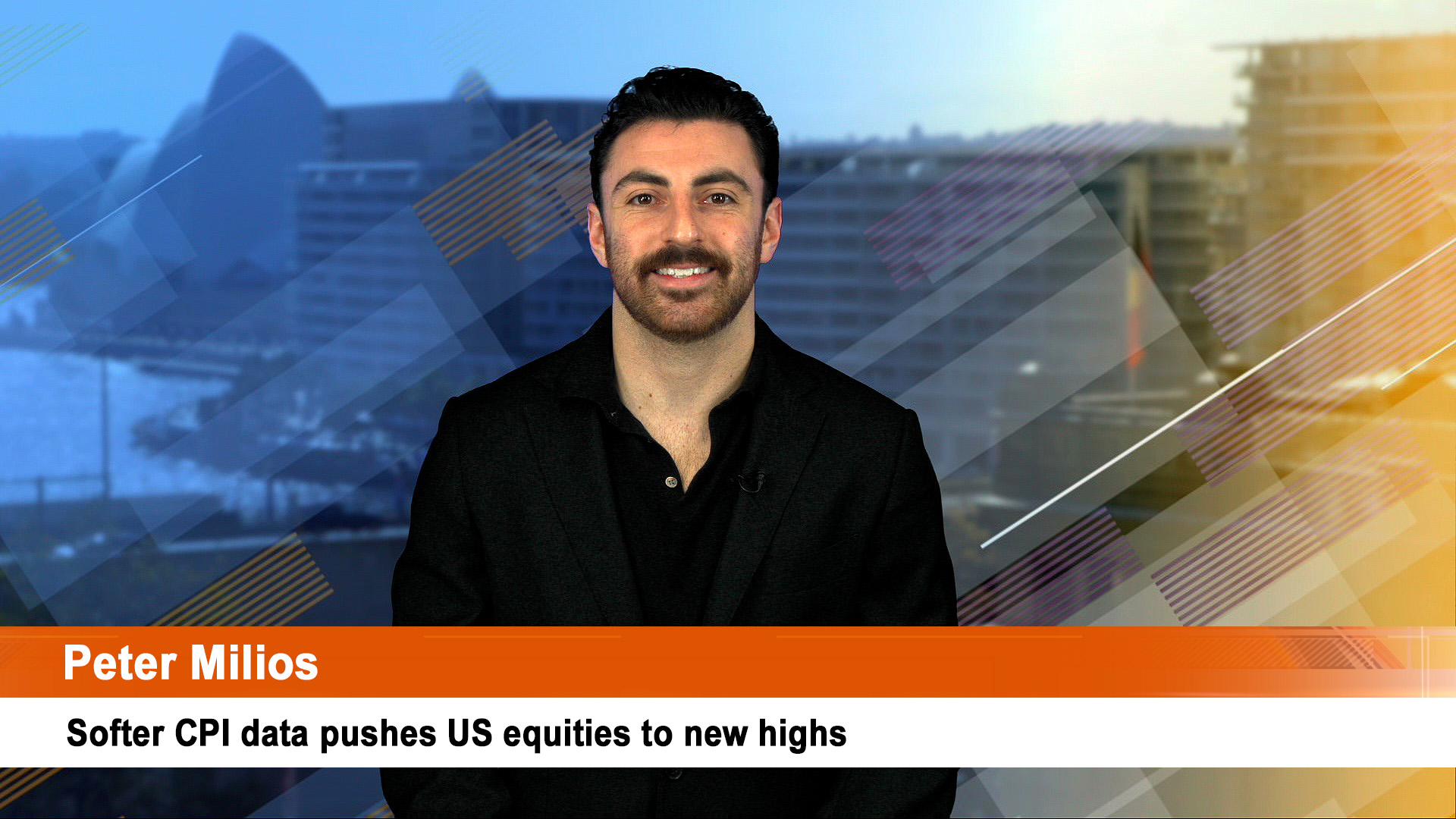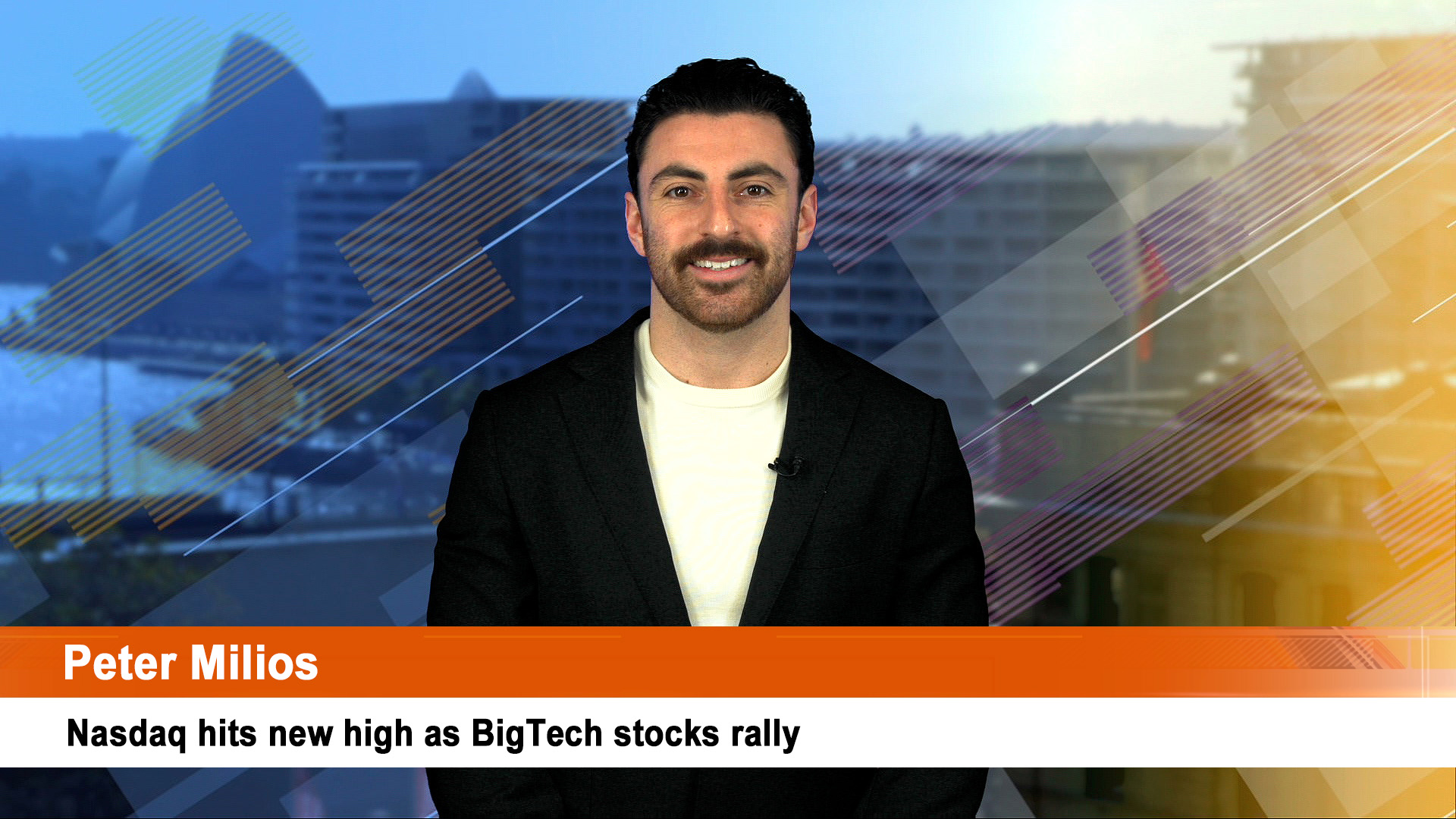Several months ago, it was Walmart surprising Wall Street with an earnings downgrade because of the impact of inflation; last week it was FedEx warning of a looming recession as it forecast weaker revenue growth and a drop in earnings for this year and next.
Monday, after Wall Street had recovered and closed higher thanks to a late surge, Ford surprised with a warning about an unexpected $US1 billion surge in costs for the three months to September 30 because of inflation, continuing supply chain problems and strong buyer demand.
This news from Ford will be a negative so far as the US Federal Reserve’s concerned, as it considers an interest cut at the two-day meeting which started Tuesday.
The supply chain problems and the $US1 billion higher parts bill because of inflation will tell the central bank that cost pressures are eating away at the heart of the US economy.
It will also tell the Fed that demand for vehicles produced by the likes of Ford has yet to be curtailed by its rate rises which have lifted leasing costs (90% of all US vehicle sales are made via leases of up to 7 years).
The extra costs will wipe out whatever hopes the carmaker has for reporting a regular profit for the quarter.
Ford shares had risen 1.4% in regular trading and lost nearly 4% after hours Monday. Its bigger rival, General Motors say its shares go through a similar experience – up more than 3% in regular trading and down more than 2% after hours.
Adding to Ford’s problems, the supply issues and subsequent parts shortages had meant it had between 40,000 and 50,000 vehicles uncompleted and awaiting final work.
Most of these are its staple vehicles – high margin sports utility vehicles or pick-ups such as the F-150, America’s biggest selling vehicle.
The company said it expects to complete and deliver the vehicles to dealers in the fourth quarter and is still looking for 2022 adjusted earnings before interest and taxes of between $US11.5 billion to $US12.5 billion. (Adjusted earnings are not a regular profit measure, so the use of this indicates Ford will be carrying an awful lot of extras costs when it reports full year earnings next February).
Ford said the $US1 billion in extra costs emerged from recent negotiations on inflation-related supplier costs for the third quarter.
It said this would see it report third-quarter adjusted earnings before interest and taxes to be in the range of $US1.4 billion to $US1.7 billion. That would indicate a loss after tax and interest (a regular profit basis).
The company said executives will “provide more dimension about expectations for full-year performance” when the automaker reports its third-quarter results on October 26.
Ford is just one of a number of big carmakers around the world who have been battling supply chain problems since the coronavirus pandemic first battered economies shut in early 2020.
Demand continued to be strong, followed by ongoing issues with the availability of parts, specifically, semiconductor chips.
Toyota, the world’s biggest maker, has consistently missed monthly forecasts for most of this year and has downgraded its vehicle production target for the year to March 31, 2023 (its financial year).
In August Toyota raised its monthly target to 900,000 units world wide from 850,000 for the following three months in an attempt to catch up with the backlog of orders, especially fromAustralia.
Ford’s though is not alone among US majors. Back on the first of July, GM warned that supply chain issues would impact its second-quarter earnings, as it had about 95,000 vehicles in its inventory that were manufactured without certain components.
GM at the time also reconfirmed its yearly guidance and said it expects that “substantially all of these vehicles” will be completed and sold to dealers before the end of 2022.
Both Ford and GM are also spending heavily on new plants and staff for their transition to EVs, batteries and associated infrastructure. Rising costs for conventional vehicles are an unwanted and potential hiccup for that transition.













